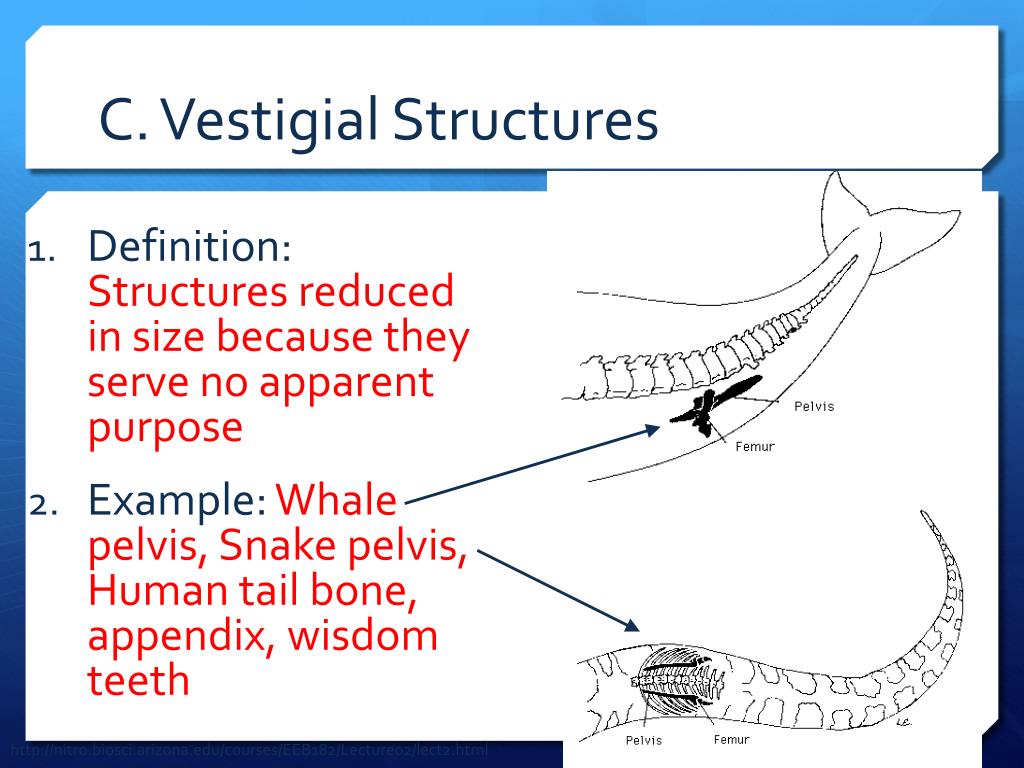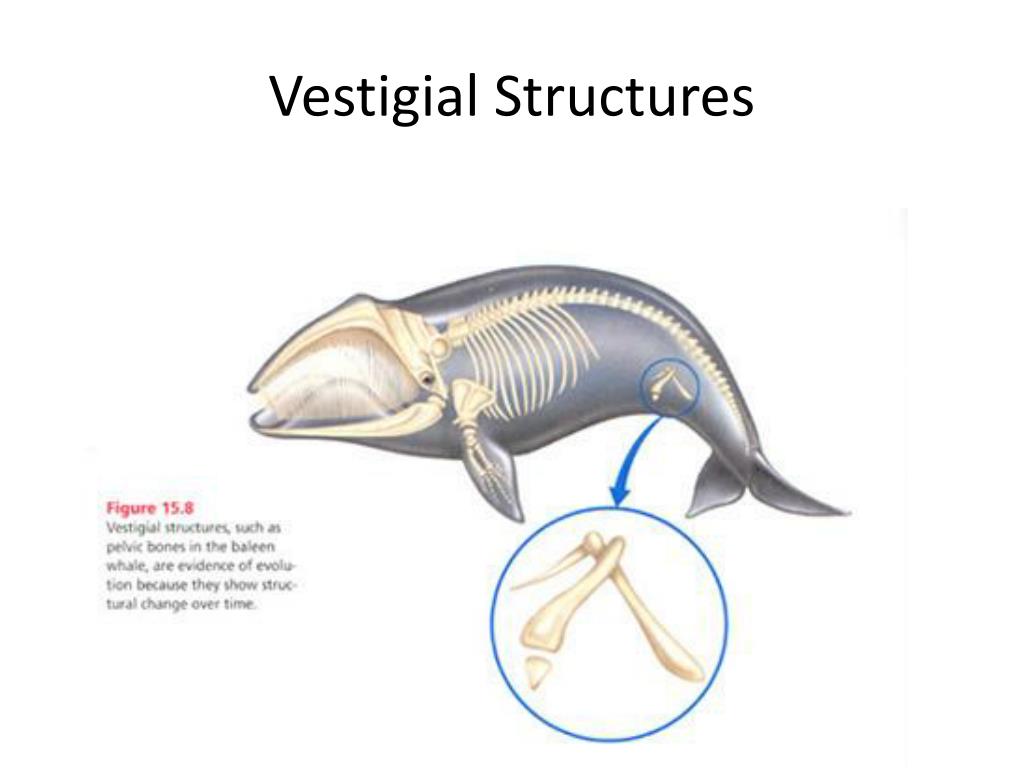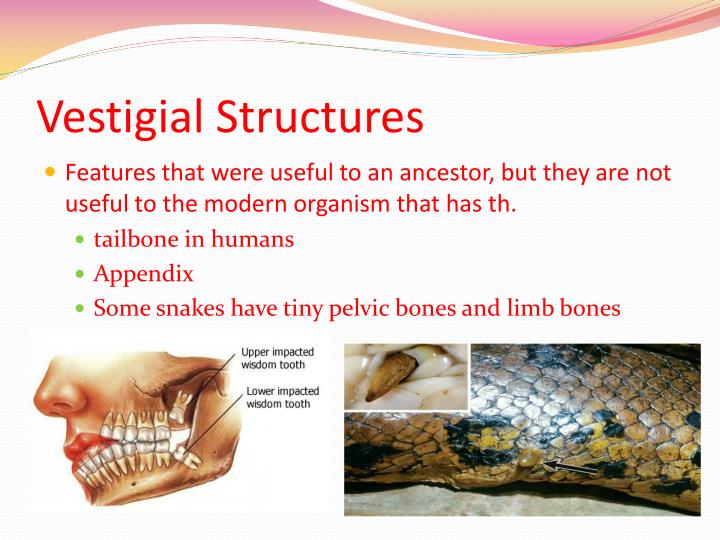
Homologous structures indicate common ancestry with those organisms that have a functional version of the structure. The vestigial versions of a structure can be compared to the original version of the structure in other species in order to determine the homology of the structure. Some vestigial structures persist due to limitations in development, such that complete loss of the structure could not occur without major alterations of the organism’s developmental pattern, and such alterations would likely produce numerous negative side-effects. This provides some selective pressure for the removal of parts that do not contribute to an organism’s fitness, but a structure that is not directly harmful will take longer to be ‘phased out’ than one that is. If there are no selection pressures actively lowering the fitness of the individual, the trait will persist in future generations unless the trait is eliminated through genetic drift or other random events.Īlthough in many cases the vestigial structure is of no direct harm, all structures require extra energy in terms of development, maintenance, and weight and are also a risk in terms of disease (e.g., infection, cancer). Letter c in the picture indicates the undeveloped hind legs of a baleen whale.

Part of the problem, says Müller, is semantic: people have come to think of vestigial organs as useless, which is not what Wiedersheim said.\): Whale Skeleton: The pelvic bones in whales are also a good example of vestigial evolution (whales evolved from four-legged land mammals and secondarily lost their hind legs). “Vestigiality is an important biological phenomenon,” he says. While most biologists prefer to steer clear of what they see as a political debate, Gerd Müller a theoretical biologist from the University of Vienna, Austria, is fighting a rearguard action to bring the concept back into the scientific arena. While they are right to question the status of some organs that were formerly considered vestiges, denying the concept altogether flies in the face of the biological facts. This may be because the subject has become a battlefield for creationists and the intelligent design lobby, who argue that none of the items on Wiedersheim’s original list are now considered vestigial, so there is no need to invoke evolution to explain how they lost their original functions. In fact, these days many biologists are extremely wary of talking about vestigial organs at all.


It has even been suggested that the term is obsolete, useful only as a reflection of the anatomical knowledge of the day. Over the years, the list grew, then shrank again. In 1893, a German anatomist named Robert Wiedersheim drew up a list of 86 human “vestiges”, organs “formerly of greater physiological significance than at present”. VESTIGIAL organs have long been a source of perplexity and irritation for doctors and of fascination for the rest of us.


 0 kommentar(er)
0 kommentar(er)
